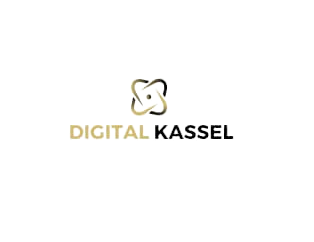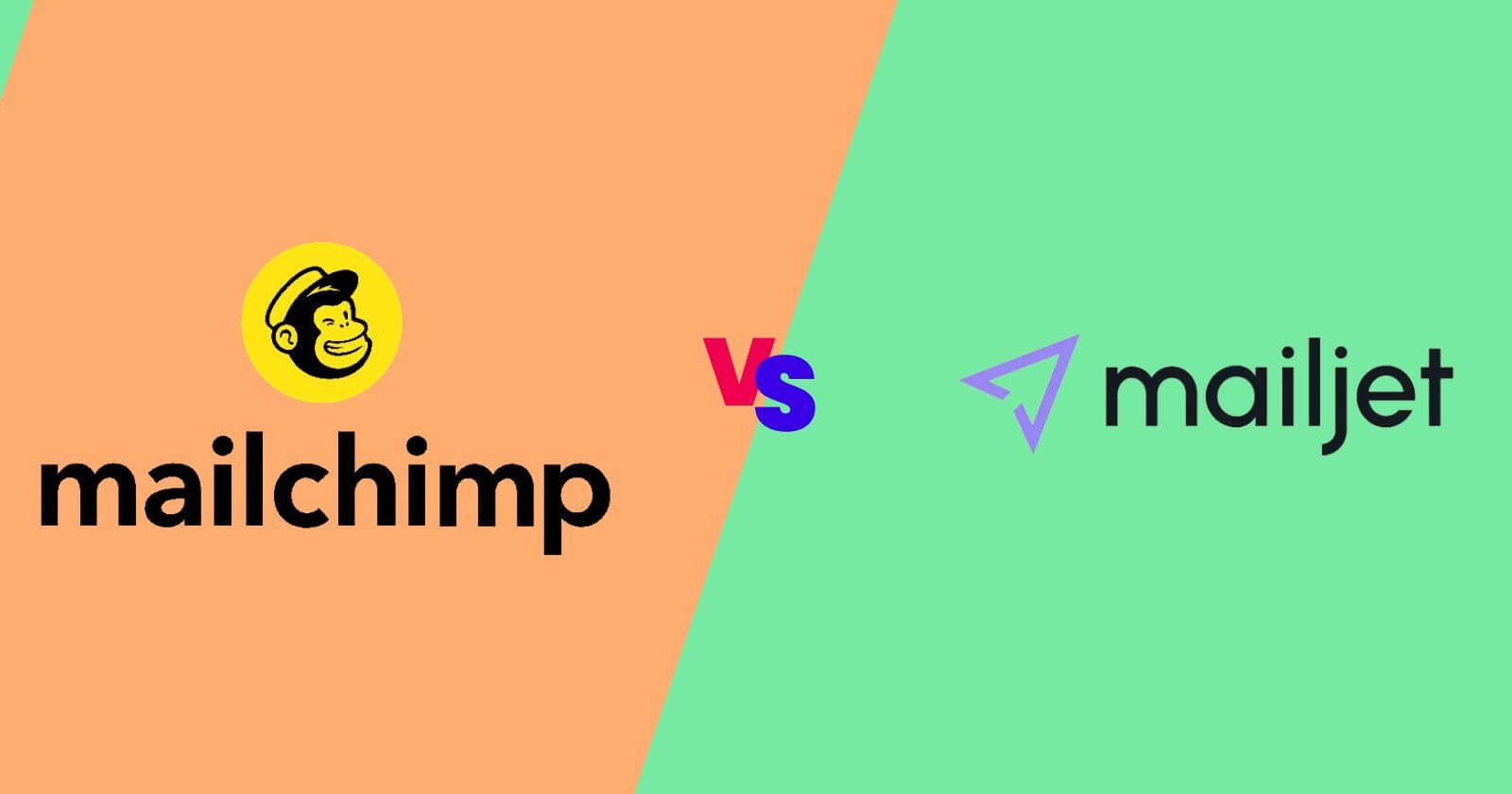Mailchimp with its easy interface is a great choice for beginners and for those who like a simple approach to campaign creation. It excels in e-commerce integrations and provides a suite of tools designed to improve online shopping and boost sales.
Mailjet emphasizes collaboration and efficiency. It appeals to teams that value working together in real-time on their email projects. Its strong transactional email features ensure timely communication by offering a solid base for e-commerce and B2B marketing.
Mailchimp and Mailjet have emerged as towering figures, each with their unique strengths and offerings. As a marketer or business owner, understanding the nuances of these platforms is important to harnessing their full potential for your campaigns.
This blog post is aiming to demystify the Mailjet vs Mailchimp debate.
Both platforms are celebrated for their robust features and user-friendly interfaces, but how do they fare when pitted against each other?
Here, we’ll be focusing not just on what they offer but how it translates into tangible results for you.
We’ll explore their features, pricing models, ease of use, and, most importantly, their performance metrics, so you can make an informed decision that best suits your needs.
Table of Contents
Features: Mailchimp and Mailjet
let’s tackle this with a complete overview of Mailchimp’s features first, followed by a detailed look at Mailjet’s features.
Mailchimp Features Overview

- Ease of Use: Mailchimp is renowned for its user-friendly interface, designed to be intuitive for users of all experience levels.
Its drag-and-drop email builder and comprehensive selection of pre-designed templates make crafting professional-looking emails straightforward and efficient.
This ease of use allowing users to quickly grasp and utilize the platform’s tools.
- Email Design & Templates: With a vast library of customizable templates, Mailchimp stands out for providing users with extensive options to create emails for a wide variety of purposes and themes.
These templates, combined with the platform’s responsive design capabilities, ensure emails look great on any device, improving the reader’s experience and engagement.
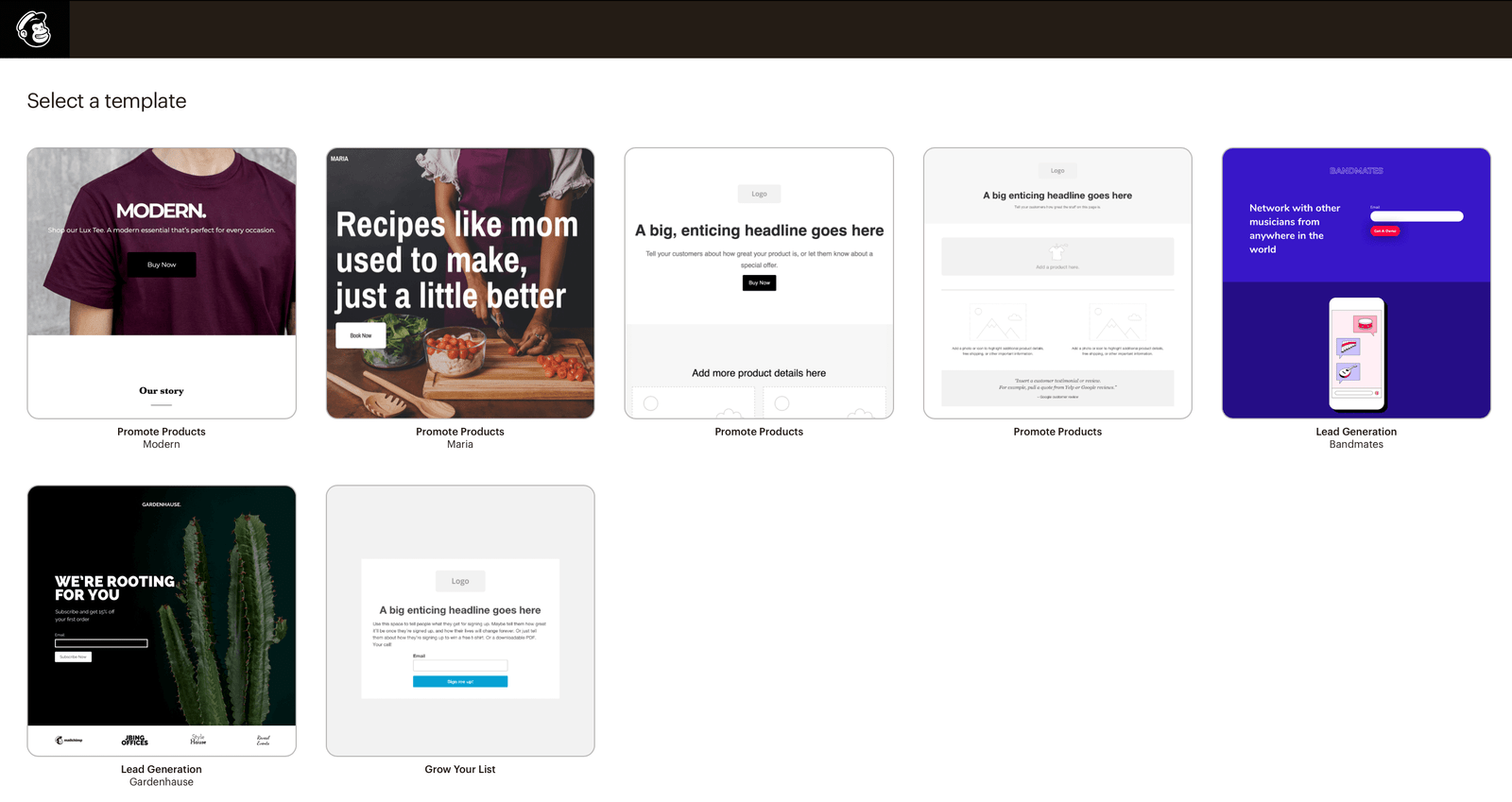
- Automation & Personalization: Mailchimp offers advanced automation features, enabling marketers to set up detailed, behavior-triggered email sequences that effectively engage and nurture leads.
Personalization options, such as merge tags and dynamic content, allow for highly targeted messages, increasing relevance and impact.

- Integrations: The platform boasts an extensive range of integrations, connecting with over a thousand third-party applications and services.
This ecosystem includes CRM systems, e-commerce platforms, and analytics tools, making it easier to synchronize marketing efforts and streamline workflows.
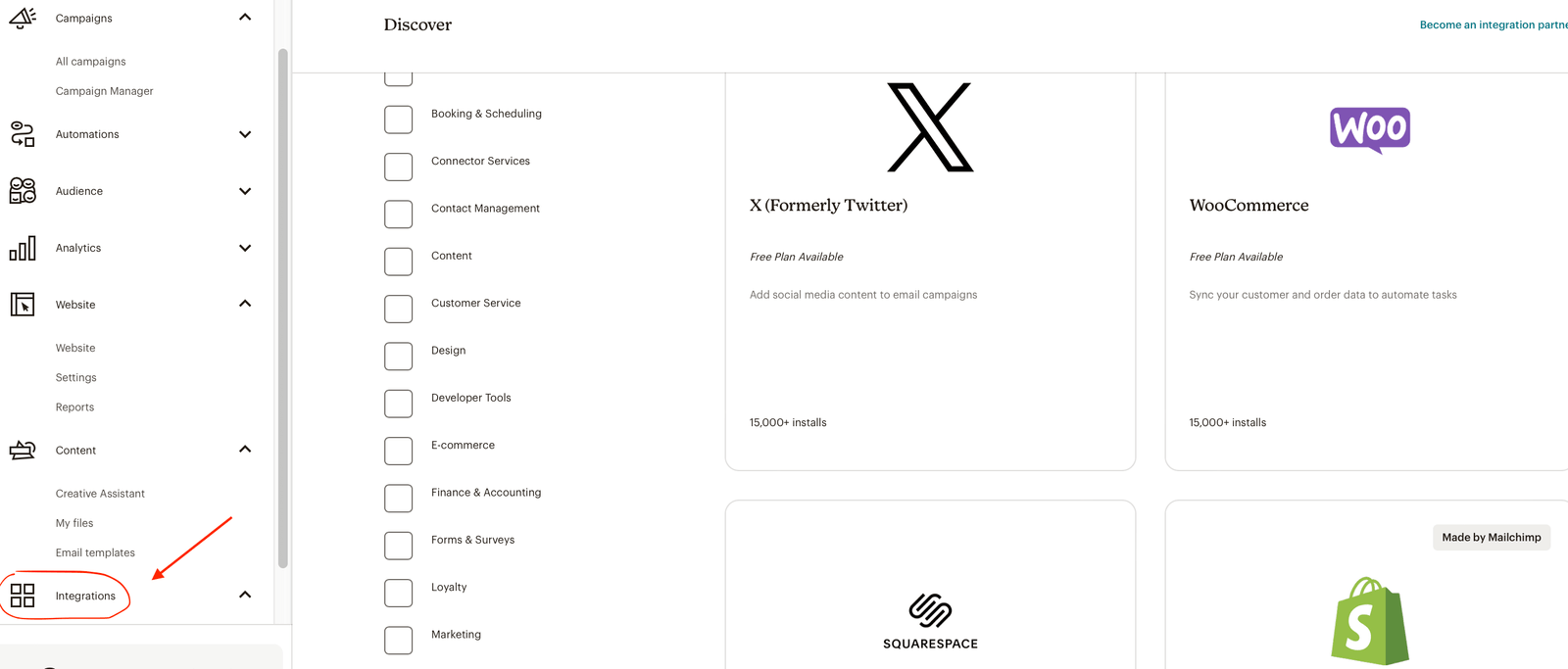
- Deliverability & Reporting: Mailchimp uses sophisticated technologies and best practices to ensure emails reach their intended inboxes.
Comprehensive reporting and analytics tools provide deep insights into campaign performance, audience behavior, and more, aiding in the optimization of future email strategies.
Mailjet Features Overview
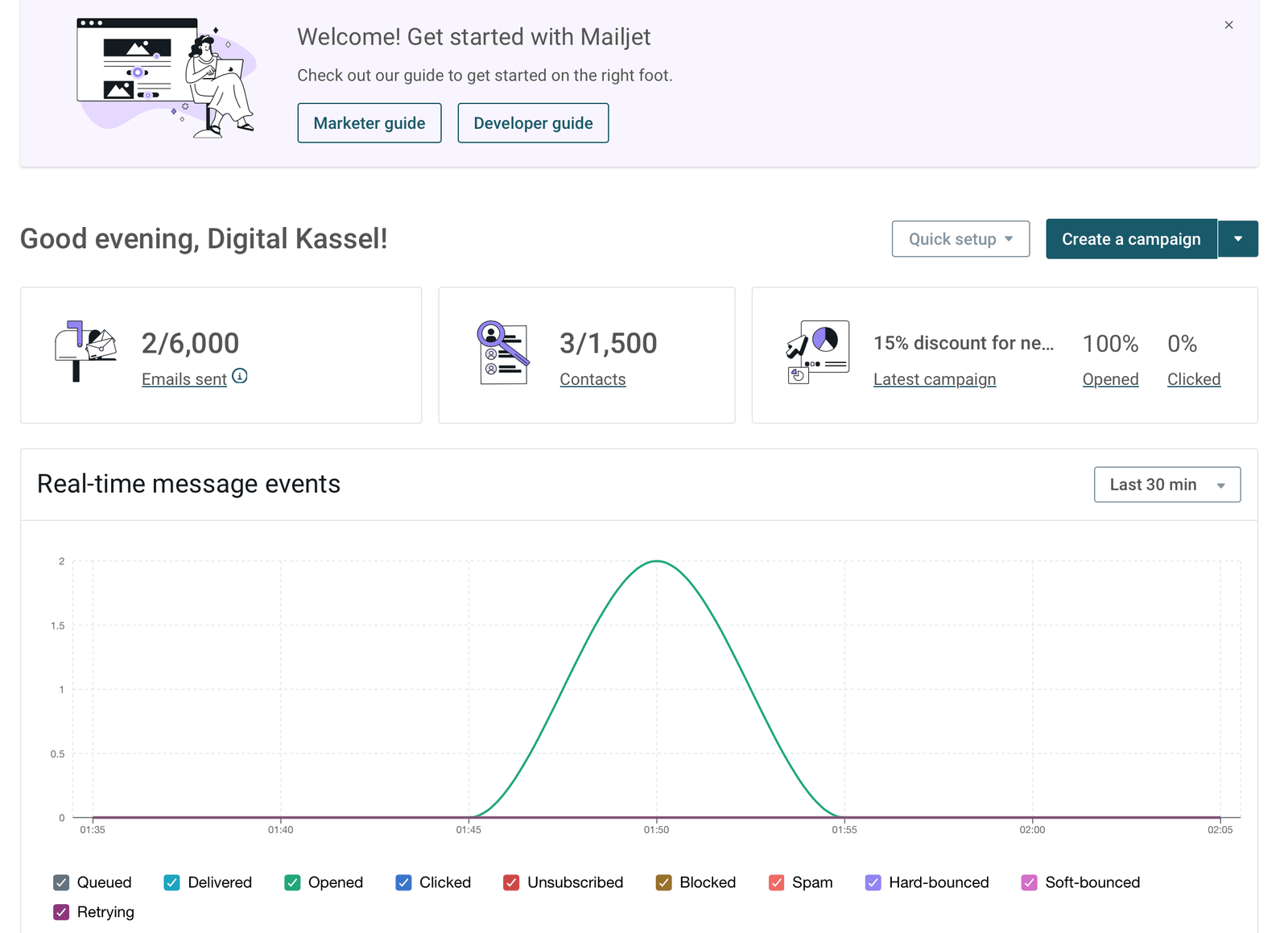
- Ease of Use: Mailjet provides a simple and intuitive user experience. It focuses on efficiency and collaboration with drag-and-drop email editor makes creating emails easy.
Unique features support real-time collaboration among team members and it is an ideal choice for teams seeking a platform that fosters cooperative work.
- Email Design & Templates: Mailjet has fewer templates than Mailchimp. But, it focuses on customization and flexibility.
It designs its templates to be responsive and ensure that emails adjust to look their best on any screen size. This focus is on responsive design which helps having a consistent and professional look on all devices.
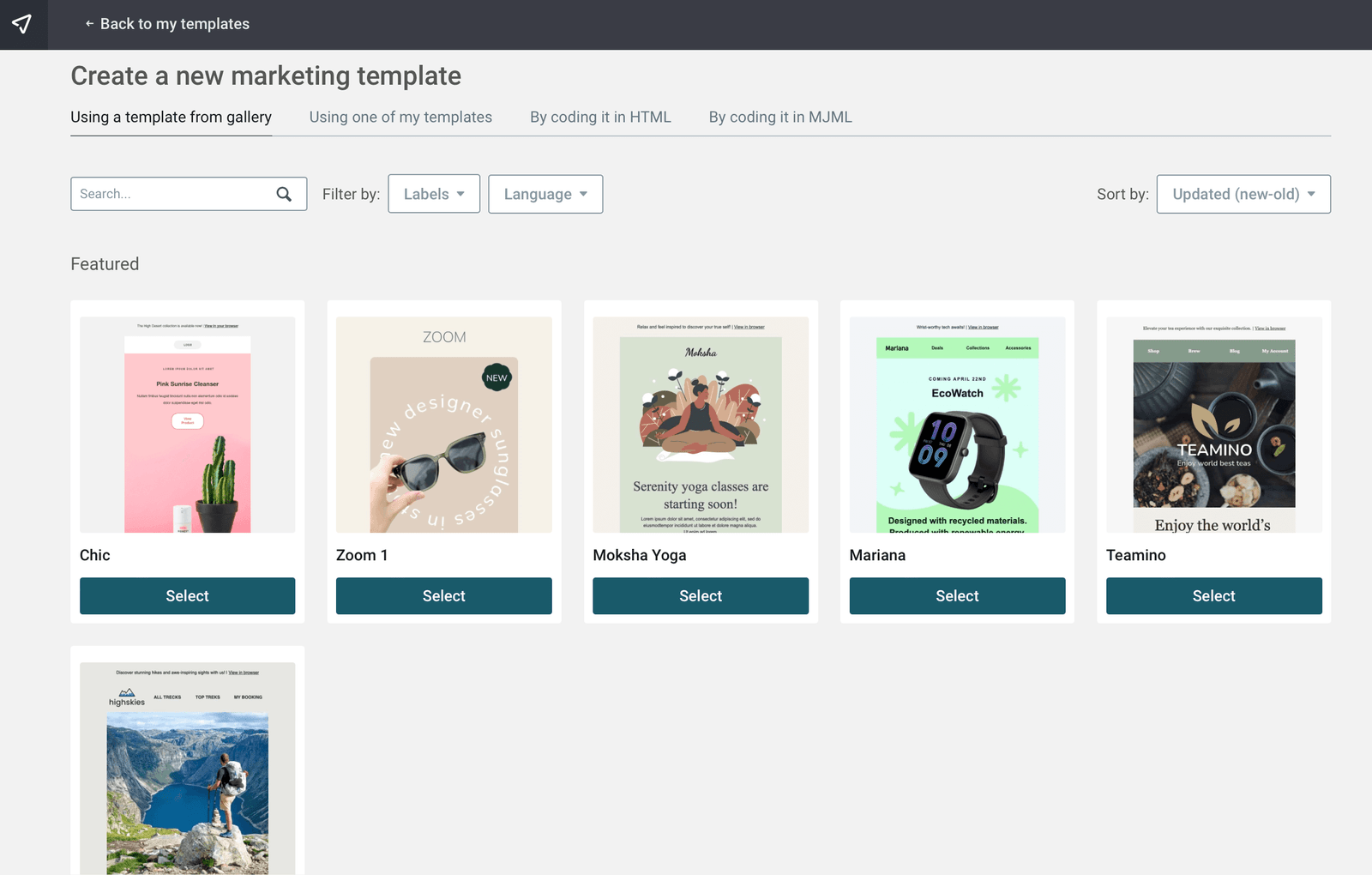
- Automation & Personalization: The platform offers personalization options. These include merge tags to tailor emails to individuals. Its automation features are robust. But, designers have created them to be user-friendly and makes it easy for users to create personalized, behavior-based email sequences.
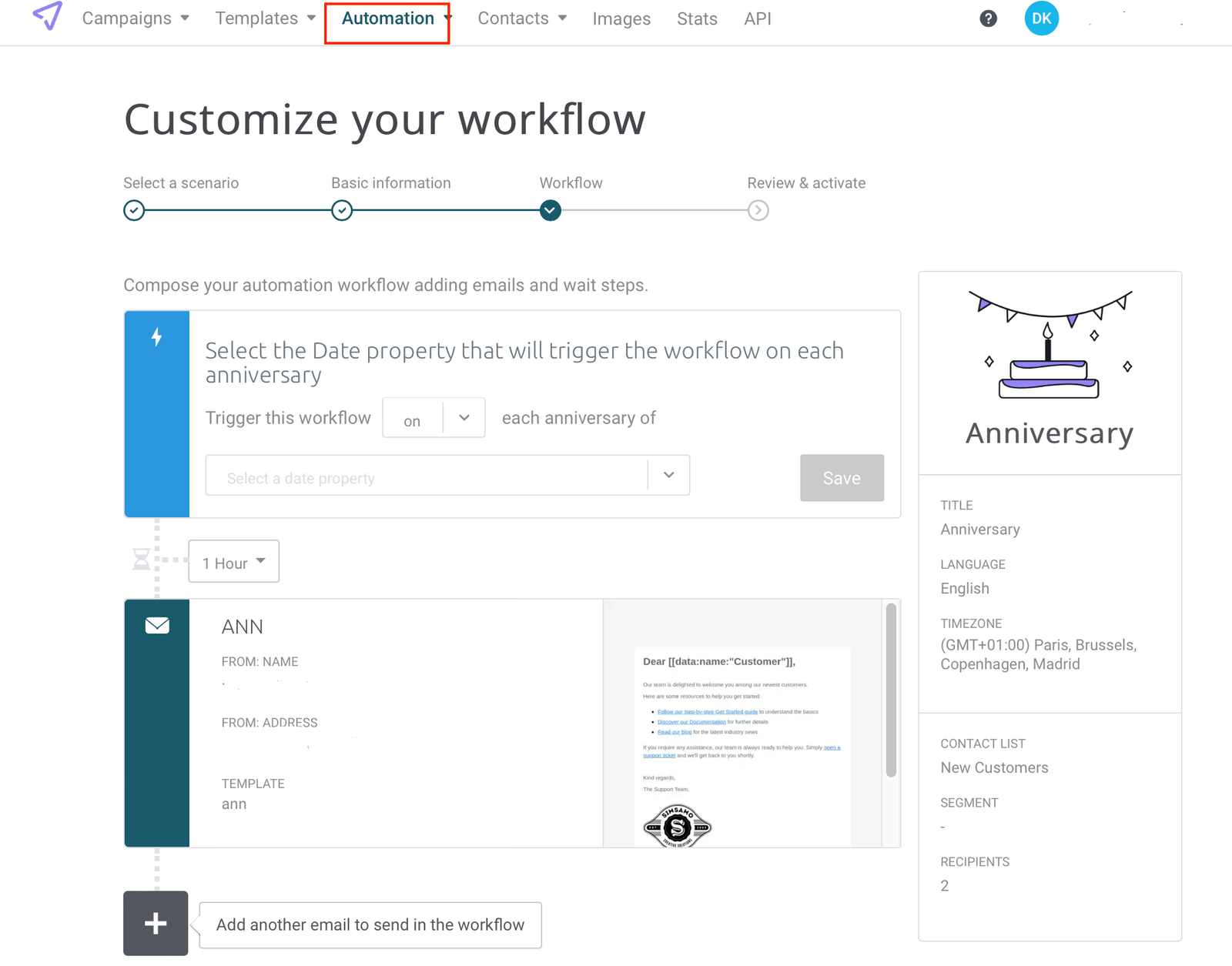
- Integrations: Mailjet supports many integrations with popular business tools including CRM platforms, e-commerce solutions, and analytics software.
These integrations are simple. They improve workflow and data accuracy to make sure Mailjet fits well into a business’s tech stack.
- Deliverability & Reporting: Mailjet keeps a strong sender reputation. This gets it high inbox placement rates. The platform provides reports and analytics to cover campaign effectiveness, open rates, click-through rates, and key metrics.
Its reporting tools are comprehensive. But, designers have made them simple. They offer actionable insights without overwhelming users.
Pricing & Plans: Mailchimp vs Mailjet
Mailchimp and Mailjet are both strong competitors and they offer a range of pricing options
Down their prices and highlight the key features of each plan. This will help you make an informed choice and letting you to choose the option that best fits your marketing goals and budget.
Free Plan Limitations
The Free Plan from Mailchimp is a good start for small businesses and entrepreneurs.
- Allows up to 2,000 contacts
- 10,000 emails per month
- Limited automation features.
- Lacks A/B testing and custom branding options.
Mailjet’s Free Plan stands out.
- Allows unlimited emails (with a daily limit) and up to 6,000 contacts
- Includes basic automation and A/B testing from the get-go
- Daily limit might restrict larger campaigns
- Custom branding options are limited
Mailchimp’s Paid Plans are for businesses looking to scale by offering advanced features. These include complex automation, thorough A/B testing, and detailed analytics. With these tools, you can perfect your campaigns for high engagement and ROI. You get unlimited contacts and higher sending limits, ensuring your growing database is well-managed.
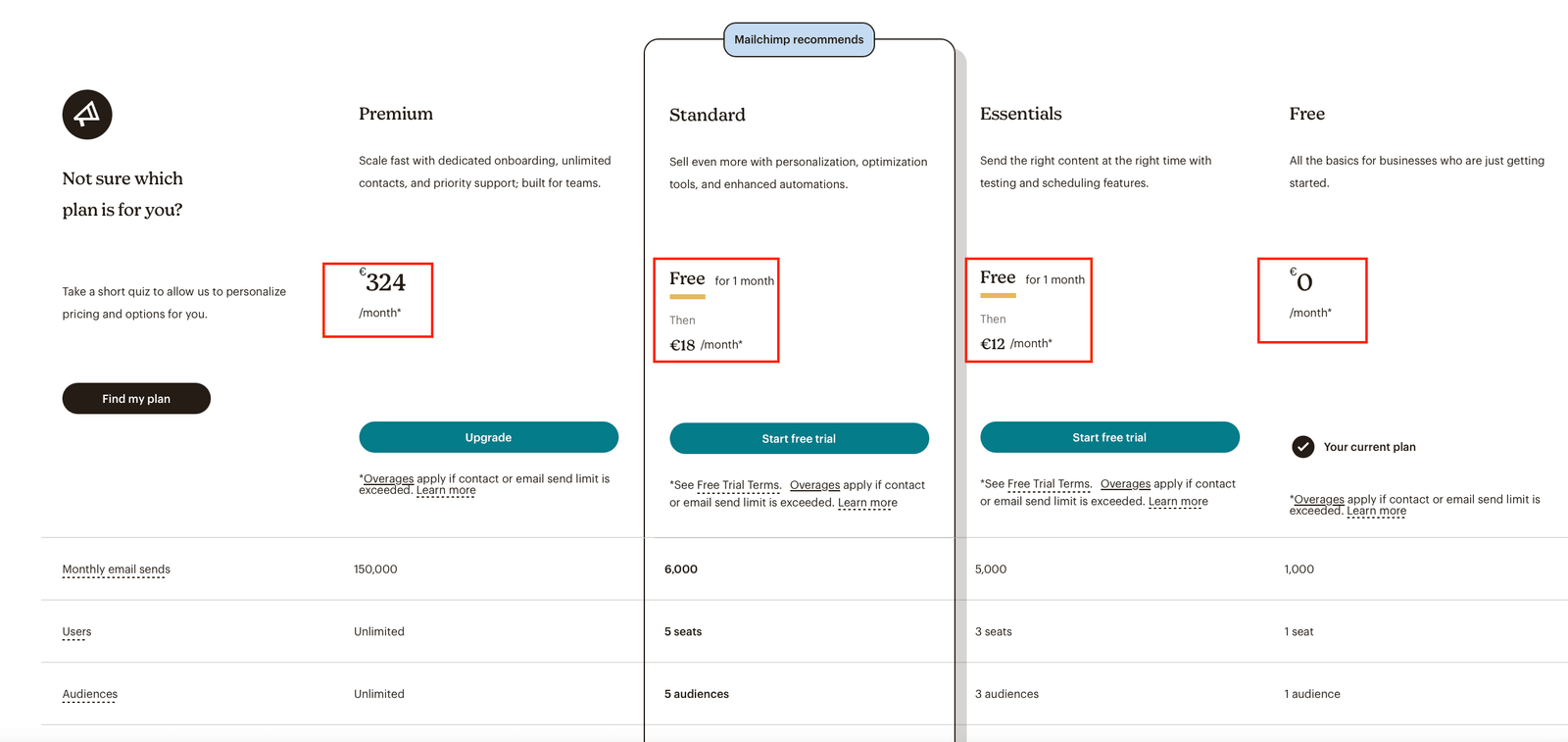
Mailjet’s Paid Plans promise to scale by including advanced features, like better automation and support. There’s no daily sending limit and there are more advanced segmentation and personalization tools. They let you craft highly targeted campaigns to boost your email marketing and these plans are a perfect fit for teams who want flexibility and tools for collaboration to streamline their email strategy.
You might wonder if premium features are worth the investment. The advanced automation, A/B testing, and support are in paid plans and these designs improve your email marketing, so they drive higher engagement rates and, better conversion rates.
Check your current email marketing needs and goals and consider factors such as your contact list size. Also, consider the complexity of your automation needs and not forget to consider how much you want advanced features including A/B testing and analytics. With this information, review the plans again and find which one aligns best with your objectives.
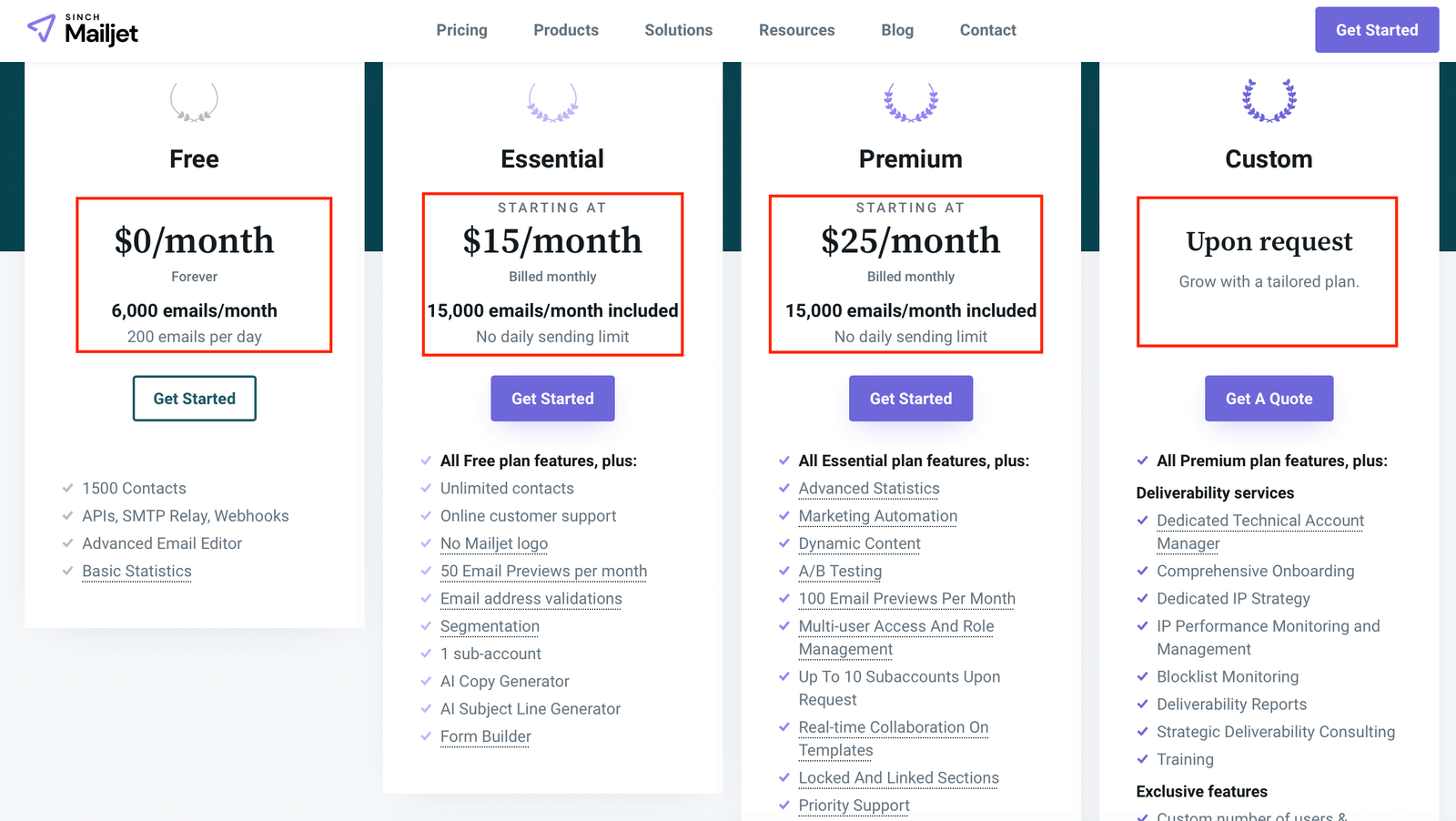
Target Audience & Use Cases: Mailjet or Mailchimp
We focus on how suitable they are for beginners versus advanced users and also look at their use in cases like e-commerce marketing and B2B campaigns. You can find your perfect dance partner in the vast hall of email marketing.
Mailchimp: A Versatile Partner
- Beginners: Mailchimp is like a dance instructor guiding you through the basics with patience and clarity. Its interface is famous for being very easy to use and ideal for those new to email marketing. The platform offers many pre-designed templates with a drag-and-drop email builder simplifing making engaging campaigns. Mailchimp is ideal for beginners, introducing them to advanced email marketing tactics. This preparation ensures readiness for future advancement.
- Advanced Users: As your skills grow, Mailchimp grows with you by offering advanced tools for segmentation, automation, and targeting based on behavior allowing experienced marketers to do complex email strategies well. They can tailor messages to different audience segments based on the audience’s interactions and behaviors.
- E-commerce Marketing: Mailchimp has powerful integrations for e-commerce wizards casting spells to enchant their online stores. It works with platforms like Shopify and WooCommerce. These tools enable you to automate product recommendations and also help you recover abandoned carts and personalize the shopping experience to boost sales and customer loyalty.
- B2B Campaigns: In B2B marketing, nurturing relationships is key and Mailchimp’s advanced segmentation and integration shine there.
Mailjet: Crafting Harmonious Campaigns
- Beginners: Mailjet welcomes newcomers with an interface that emphasizes simplicity and efficiency. It has basic templates allow you to start your campaigns quickly without overwhelming you with options. It’s the kind of partner that supports your initial steps, ensuring you don’t miss a beat.
- Advanced Users: You have mastered the basics and are ready for more complex routines and now Mailjet offers advanced features include detailed personalization, segmentation, and A/B testing and Its real strength is collaboration lets teams work together seamlessly on email creation. It’s great for advanced users who want to sync marketing efforts across departments.
- E-commerce Marketing: Mailjet understands the importance of reliable communication in e-commerce. It has strong transactional email features that can integrate with many e-commerce platforms to ensures it delivers your critical emails. These include order confirmations and shipping notifications and delivers them quickly and accurately. This maintains customer trust and satisfaction.
- B2B Campaigns: B2B marketing thrives on precision and personalization, areas where Mailjet excels. The platform’s collaboration tools are great for B2B campaigns allowing for a unified way to manage campaigns. It may not offer deep integration options like some rivals. But, its solid deliverability. And, its simple analytics provide a strong base for B2B communications.
Deciding between Mailchimp and Mailjet requires understanding two things. First, your current place in email marketing. Second, where you want to be. Each platform has unique strengths and cater to different needs.
They offer simplicity and user-friendliness, ideal for beginners, also have advanced features. They have collaborative tools for experienced marketers and team projects. Consider your specific needs. These might be ease of use, advanced segmentation, e-commerce, or B2B communication. Look for the platform that best matches them.
Conclusion
Each platform has strengths. But, picking Mailchimp or Mailjet comes down to understanding their nuances and it also requires aligning these with your marketing goals.
Mailchimp with its easy interface is a great choice for beginners and for those who like a simple approach to campaign creation. It excels in e-commerce integrations and provides a suite of tools designed to improve online shopping and boost sales. Mailchimp has advanced segmentation and personalization features and ready to meet the needs of marketers. They want to craft highly targeted and engaging campaigns.
Mailjet emphasizes collaboration and efficiency. It appeals to teams that value working together in real-time on their email projects. Its strong transactional email features ensure timely communication by offering a solid base for e-commerce and B2B marketing. But, its real strength is in helping teamwork and workflows.
Key Factors to Consider: When choosing between Mailchimp and Mailjet, consider the following:
- How intuitive you find the platform’s interface and features.
- Your team needs collaboration features for email design and campaign management.
- Evaluate the platform’s e-commerce integrations and B2B marketing tools based on your niche.
- Advanced Features are key. You need to focus on segmentation, automation, and personalization in your email strategy.
